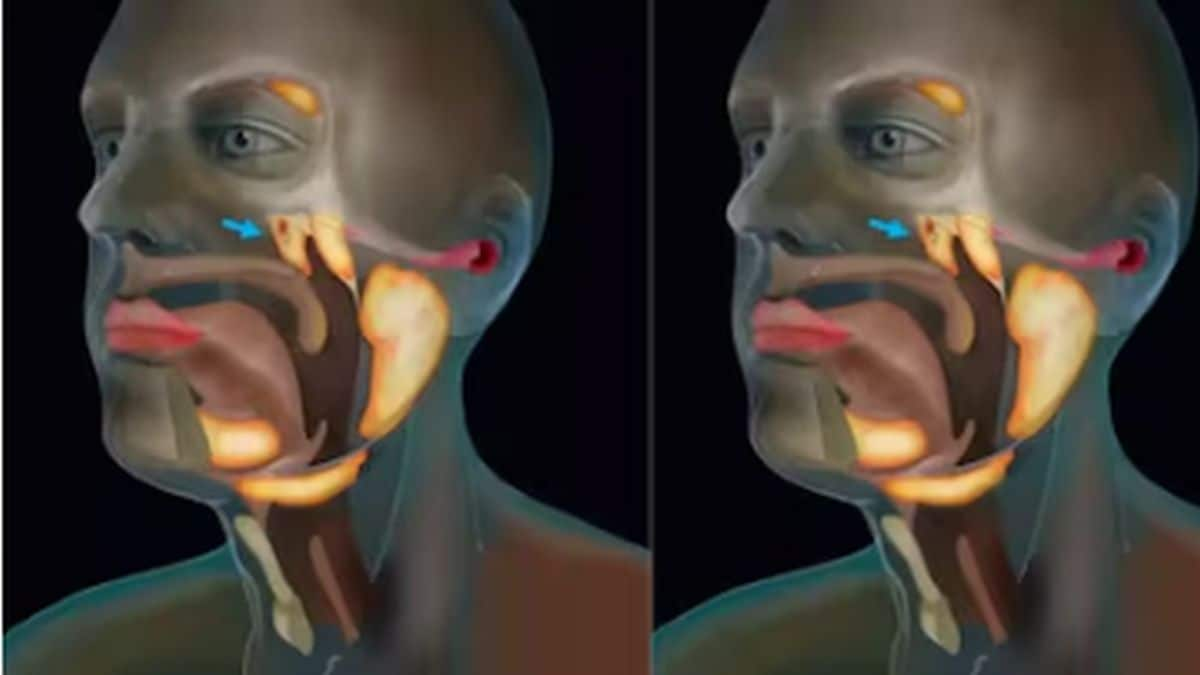March 12, 2025, will be observed as World Glaucoma Day to raise awareness about glaucoma, a leading cause of irreversible blindness worldwide. Glaucoma is a group of eye conditions that damage the optic nerve, often progressing without symptoms until vision loss.
According to the National Library of Medicine, the condition affects over 70 million people globally, with approximately 10% experiencing blindness in both eyes. We spoke to Dr. Ajay Pathak, Senior Consultant & Head of Ophthalmology at Asian Hospital about glaucoma, its risk factors and the latest advancements in treatment. Excerpts:
A ‘silent thief of sight’
Dr Pathak: Glaucoma is dubbed the “silent thief of sight” because it slowly deteriorates the eyes and can cause irreparable damage before vision loss occurs.
There are therapies to postpone vision loss, but no cure, making it a primary cause of blindness worldwide.
Glaucoma is a collection of disorders that affect the optic nerve, a wire that links the back of each eye to the brain. It has an impact on around 70 million people globally. The illness manifests itself in a variety of ways, but primary open-angle glaucoma is the most prevalent and puzzling.
Open-angle and angle-closure types of Glaucoma
Dr Pathak: There are two major types of glaucoma.
The most common kind of glaucoma is open-angle. It develops gradually when the eye fails to discharge fluid properly (similar to a plugged drain).
As a result, ocular pressure rises and begins to harm the optic nerve. This form of glaucoma is painless and does not produce any visual abnormalities at first. Regular eye exams are necessary to detect early symptoms of damage to the optic nerve.
Angle-closure glaucoma, also known as “closed-angle glaucoma,” occurs when an individual’s iris is extremely near to the drainage angle in their eye. The iris may end up obstructing the drainage angle. This rapidly increases ocular pressure. This is known as an acute attack. It is a genuine eye emergency, and you should contact your ophthalmologist straight away.
Impact Shorts
More ShortsEarly detection and risk management
Dr Pathak: Glaucoma cannot be prevented, but early identification and treatment can help reduce pressure inside your eye, preventing or delaying vision loss. There are a few major ways this can occur:
* Conduct regular eye examinations. Early identification allows you and your eye expert to try to avoid or delay the progression of glaucoma.
* Manage ocular hypertension. If you have higher-than-normal eye pressure, your eye care professional can recommend treatment choices.
* Identifying and managing risk factors. You can strive to treat or avoid illnesses such as high blood pressure and diabetes. Using protective gear such as safety glasses and goggles can help avoid eye injuries.
How does glaucoma affect younger adults and children differently than older adults?
Dr Pathak: Juvenile open-angle glaucoma (JOAG) is a rare kind of primary open-angle glaucoma (POAG) that develops sooner (age 3-40 years), with a greater IOP and more severe visual field loss than adult-onset POAG. [9] Juvenile glaucoma is frequently inherited and heavily affected by genetic factors, setting it apart from other types of glaucoma that afflict mostly older people. The disease can appear without obvious explanation and is typically more severe than adult-onset glaucoma. Prompt diagnosis and treatment are critical since the condition can advance fast, resulting in substantial visual loss.
Myths or misconceptions
Dr Pathak: Myth: Surgery can cure glaucoma.
There is presently no cure for glaucoma. However, doctors can efficiently utilize surgical techniques and other therapies to prevent or delay additional harm.
Myth: People with good vision cannot get glaucoma.
Most varieties of glaucoma do not cause symptoms, and persons with normal vision may not discover symptoms until late in the disease’s progression, which is why it is known as the “silent thief of sight.”
Myth: I won’t get glaucoma since no one in my family has it.
While glaucoma can be genetic, many persons are diagnosed with the ailment despite having no family history of it.
Myth: Testing for Glaucoma is painful.
There are several tests for glaucoma since doctors consider a variety of criteria, all of which are painless.
Role does lifestyle in prevention & management
Dr Pathak: A healthy lifestyle, including a balanced diet rich in fruits, vegetables, and omega-3 fatty acids, along with regular moderate exercise, can play a significant role in preventing glaucoma development and managing its progression by potentially helping to control intraocular pressure (IOP) and maintain overall eye health, although it is not a substitute for prescribed glaucoma treatments.
Advancements in glaucoma treatment
Dr Pathak: Efforts to enhance glaucoma management by providing alternatives to the present standard of care - topical ocular hypotensives - have grown over the last two decades, thanks to advances in pharmacology, nanotechnology, and surgical techniques. These advancements have resulted in drug-eluting implants, surgical technique advances in minimally invasive glaucoma surgeries (MIGS), and drug-eluting contact lenses, among other things, to reduce the strain of using eye drops numerous times a day. Additional emerging research on how to better support glaucoma patient self-management has included individualised patient education and coaching, as well as devices to aid in eye drop instillation, providing another perspective on how to reduce the burden of daily eye drop use.
What are glaucoma risk factors, and how can high-risk individuals protect their vision?
Dr Pathak: Glaucoma risk factors include high intraocular pressure, age over 55, Black/Asian/Hispanic ancestry, family history, diabetes, migraines, high blood pressure, sickle cell anemia, narrow corneas, severe nearsightedness/farsightedness, eye injuries/surgeries, and long-term corticosteroid use. High-risk individuals should have regular eye exams, maintain a healthy lifestyle, avoid prolonged steroid use, protect their eyes from injury and follow medical advice to preserve vision.


)

)
)
)
)
)
)
)
)



